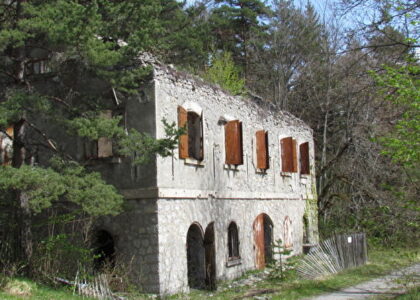Welcome to Palisades-Kepler State Park, where history and nature intertwine along the scenic Cedar River. This state park has long been a haven for those seeking the tranquility of Iowa’s lush landscapes and the stories hidden within its rugged terrain. Let’s take a journey through time to uncover the fascinating history of this beloved park.
The origins of Palisades-Kepler State Park date back to the early 20th century. In 1922, the Iowa Conservation Commission began acquiring land to preserve the area’s natural beauty. The name ‘Palisades’ is derived from the striking cliffs of Silurian dolomite that define the landscape, offering breathtaking views along the riverbank.
One of the notable historical figures associated with this area is James S. Minott, a Civil War veteran. In 1869, Minott discovered a small cave in Blow Out Hollow, where he made a modest dwelling. This cave, later known as ‘Minott’s Cave,’ became a central feature of local lore. Minott’s deep understanding of the local flora and fauna, combined with his entrepreneurial spirit, led him to establish a hotel, restaurant, and boat livery, transforming the area into a popular retreat by the late 1890s.
The park’s historical significance extends far beyond Minott’s time. The Palisades have been a site of human activity for centuries, with rock shelters providing evidence of habitation during the Woodland period. In 1941, two men stumbled upon Minott’s Cave again, uncovering artifacts from prehistoric Native American cultures, which sparked archaeological interest and investigations by Dr. Charles Keyes and others.
In the latter half of the 20th century, the park continued to evolve. In 1980, portions of the land were officially dedicated as a state preserve, emphasizing its biological and geological importance. This dedication marked a renewed commitment to conserving the diverse ecosystems that thrive here, from the ironwood and blue beech trees to the delicate ferns and wildflowers that paint the landscape with seasonal color.
Today, Palisades-Kepler State Park remains a testament to the enduring allure of Iowa’s natural heritage. Visitors can explore trails that wind through deep ravines, marvel at the towering dolomite cliffs, and perhaps imagine the footsteps of those who came before. Whether you’re a history enthusiast or nature lover, this park offers a glimpse into the layers of time and the stories etched into its terrain.





